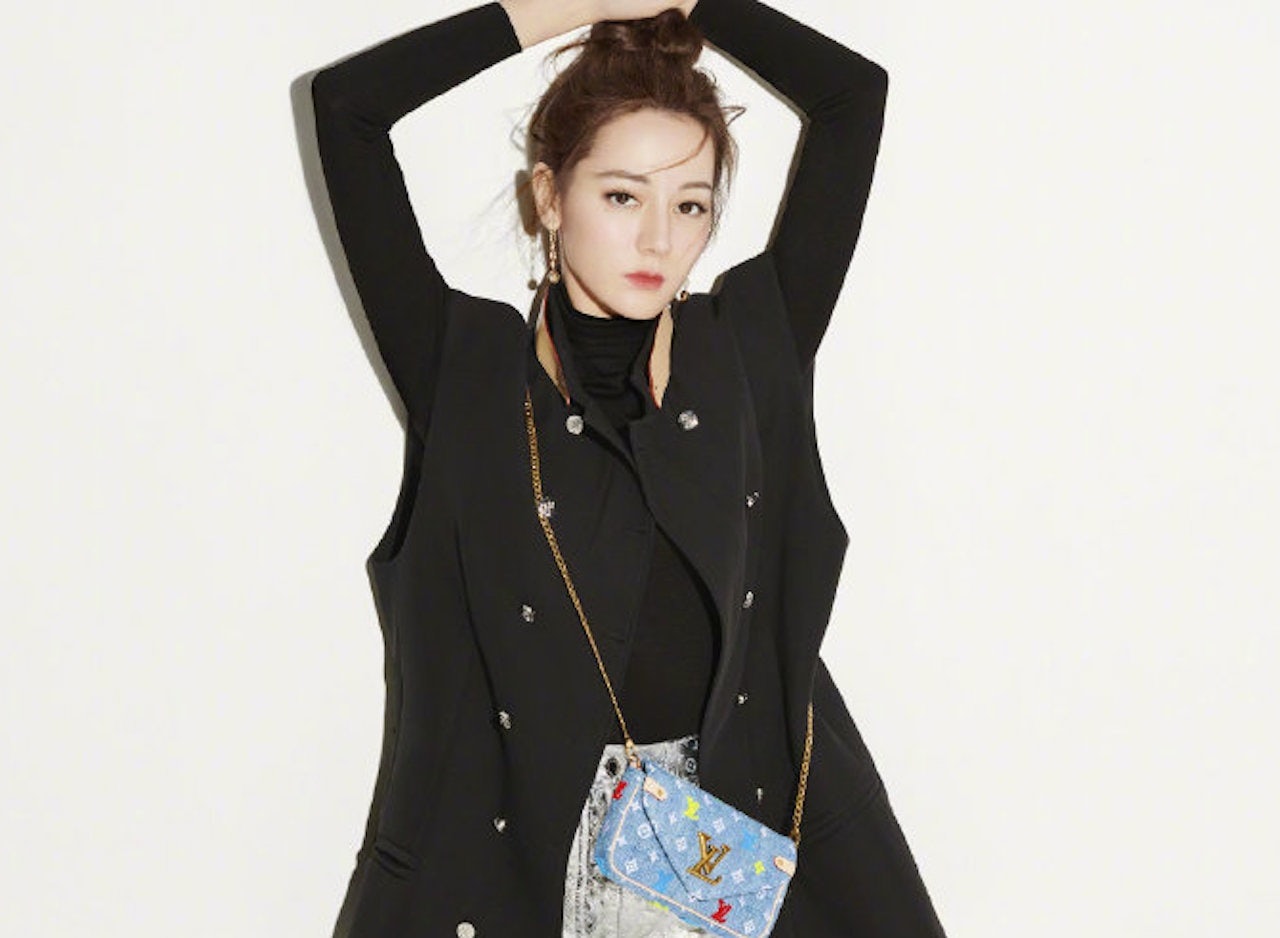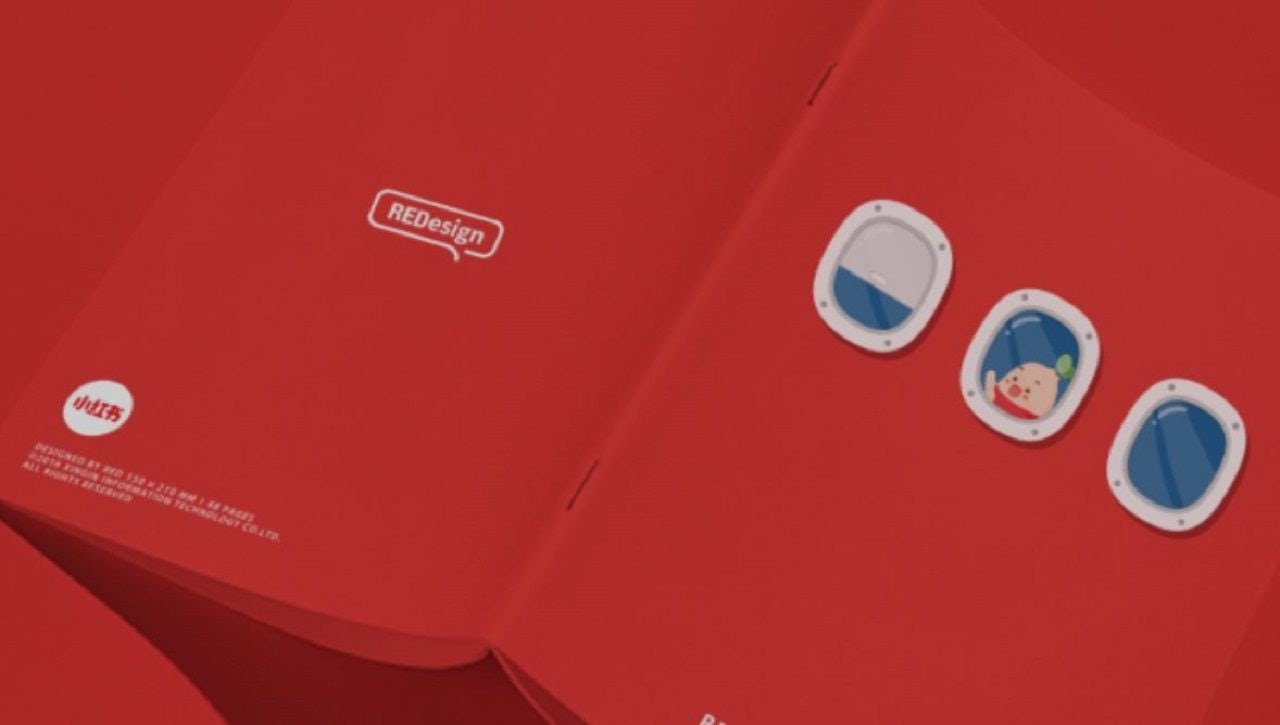Louis Vuitton debuted on Little Red Book (a.k.a. Red) earlier this month, becoming the first luxury brand to launch a page on this popular social shopping platform. This begs the question: Will Red — newly legitimized by this huge international brand — continue to reel in more big luxury brands?
The very first post on LV’s Red page featured a nearly one-minute video of the well-known fashion blogger Mr. Bags introducing a new denim-colored bag from LV’s New Wave Collection. “Look how much the bag can contain,” says the KOL as he puts an iPhone Max into the bag and points towards the card holder inside. He then points out a decorative gadget on top of the bag while exclaiming, “the fabric is velvet.” The post attracted a diverse array of comments. Some said they didn’t appreciate the style, while others praised the vintage look and feel of the bag. The next few posts showed Chinese actresses Chenbaiyang and Dilraba Dilmurat wearing the bags with chic outfits.
Why are these posts significant? As much as Little Red Book is a popular destination for consumers — it was valued at more than 3 billion in 2018 and has garnered more than 100 million users— its word-of-mouth community shopping forum is where consumers go for real reviews, buying tips, product features, and more. That practical buying intention was previously considered too down to earth for big luxury brands, which tend to specialize in creating aspirational images. But LV’s content on the site was refreshingly educational.
Louis Vuitton’s posts help break down the functionality of their bags for consumers. For example, it wrote about how the material feels, how much it can hold, and what colors are available in one post – all questions a customer would ask an in-store sales associate. Consumers were intrigued and asked questions like, “how much are the bags?” and “where to buy?” In another post, LV demystified a lot of rumors about the collection (that the bags can’t hold a lot, that the chains are too long, etc.) to help reassure consumers.
Aside from illustrating the value of the product, the brand posts created all the buzz they needed by featuring a number of hot male and female celebrities beloved by millennials and Gen Zers, namely the music idol Fan Chengcheng. The digital campaign, which was called “bags on chain”(#爱上LV链条包#), featured different styles of the brand’s chain bags and was released nationwide. So far, LV has garnered 19,000 fans on Red.
Brands are finding it harder and harder to ignore the power of Little Red Book, as it’s different from other social media platforms like Weibo or WeChat whose click rates on posts don’t necessarily correlate with purchases. Red, which combines the obsessive visual layout of Instagram with the authentic user reviews of Amazon, has gotten the attention of important luxury shopper demographics in China: More than 60% of its users are 30-years-old or younger, and 57% of its users live in top-tier cities.
The platform also helps brands to get a sense of what luxury products are currently popular or in demand. A search for the brand “Dior,” for example, brought up all kinds of lipstick posts, while Prada’s cahier bag dominated a lot of the “Prada” search results.
Louis Vuitton’s launch may also be related to Red’s continuous efforts to regulate its content. The platform just cleaned its site of micro-influencers recently, meaning that anyone who has less than 5,000 followers and averages less than 10,000 views per post can no longer form partnerships with brands. While this should be good for the overall health and quality of the platform’s ecosystem, it could be bad for the latecomers to influencer marketing on the platform. “The new rules are going to make influencer marketing more expensive,” argues Lauren Hallanan, a Chinese social media marketing expert. “They’re restricting the number of influencers that can do sponsored posts, as well as the amount of sponsored posts they can do, so they are decreasing supply which means the price will rise.”
The regulations signal that Red is preparing for bigger brands — a move that will hopefully devote more advertising money to the site and make Red a more fully-developed e-commerce system in the future. The opportunity for luxury brands (for now) seem to be more related to exposure rather than sales. Since Red is so content-driven, users get most of their tips about a product they have interest in, but then they get off the site to search for the best platform to buy that item from online. This has made it somewhat difficult for Red to convert sales on its platform. Regardless, Red is growing fast and leveraging its word-of-mouth power in order to create a more lucrative future.


